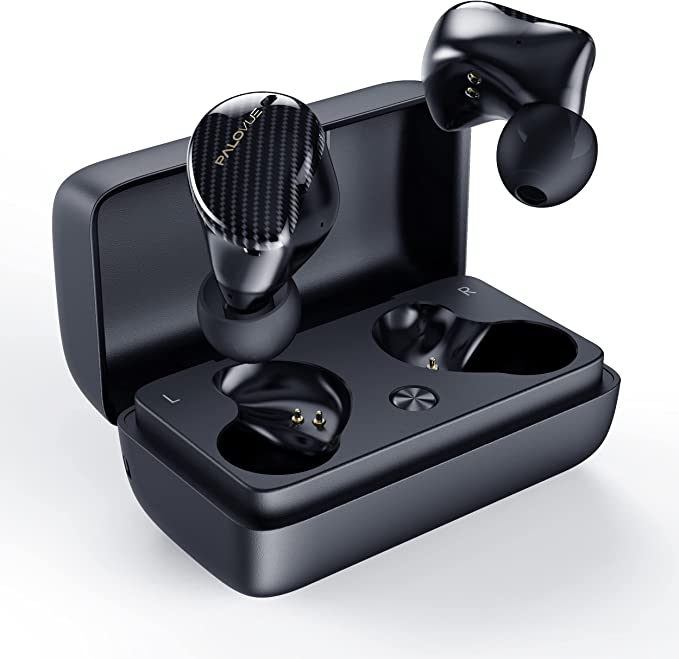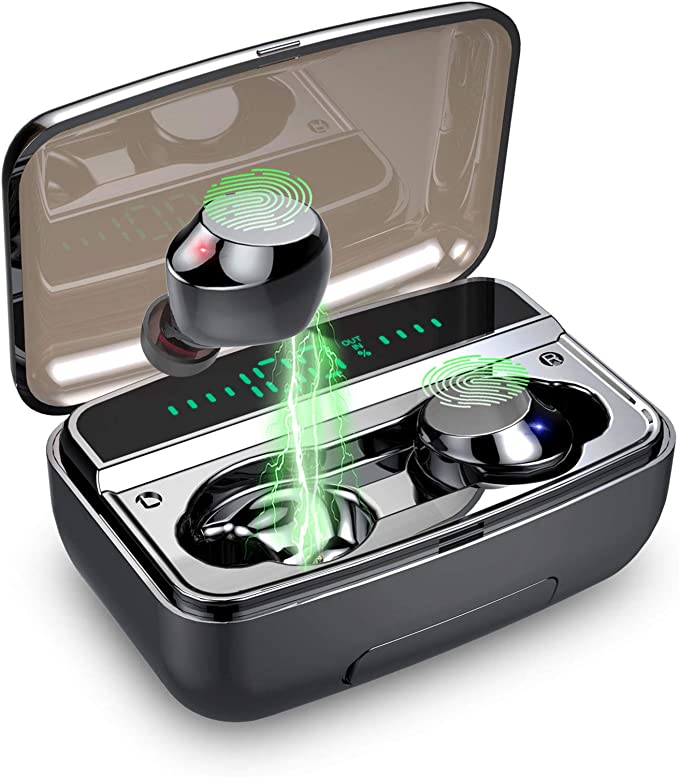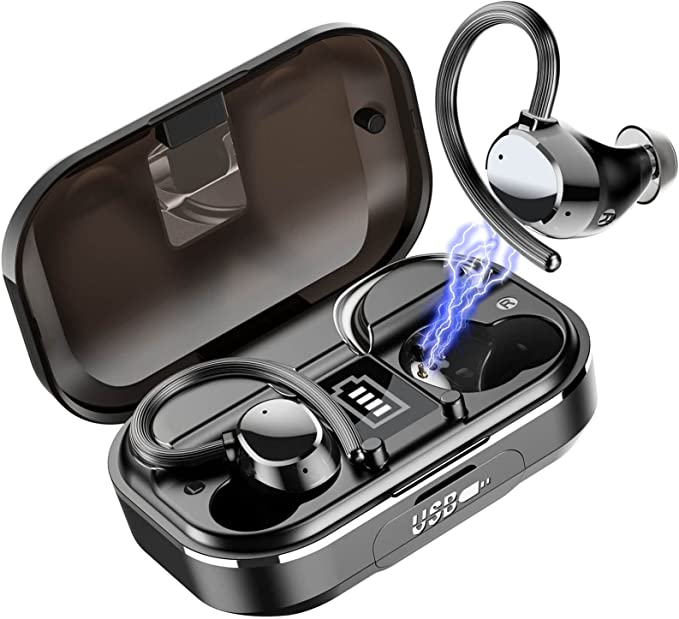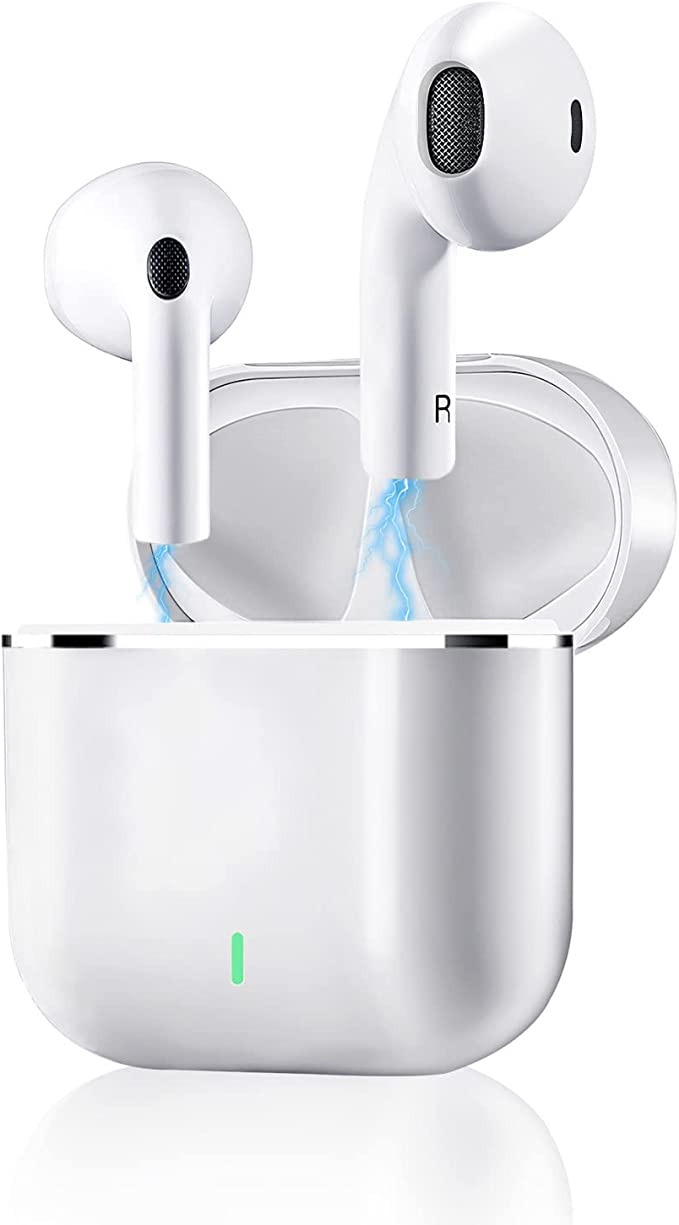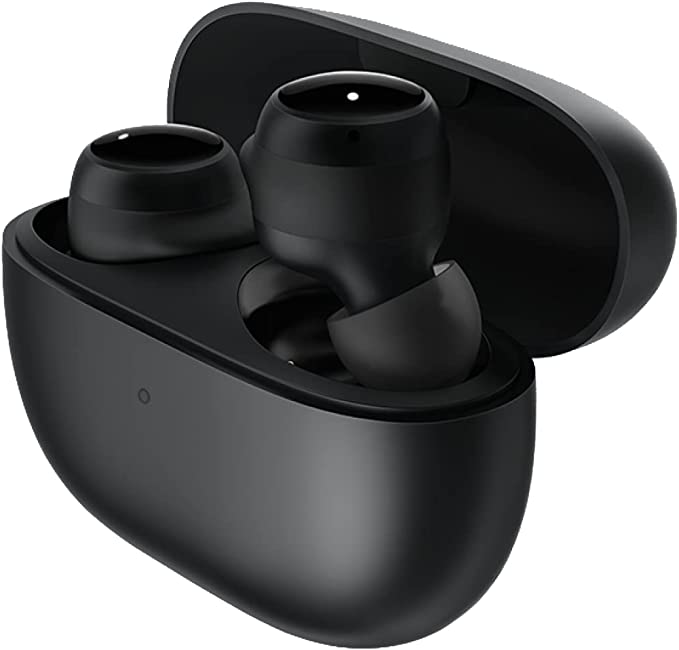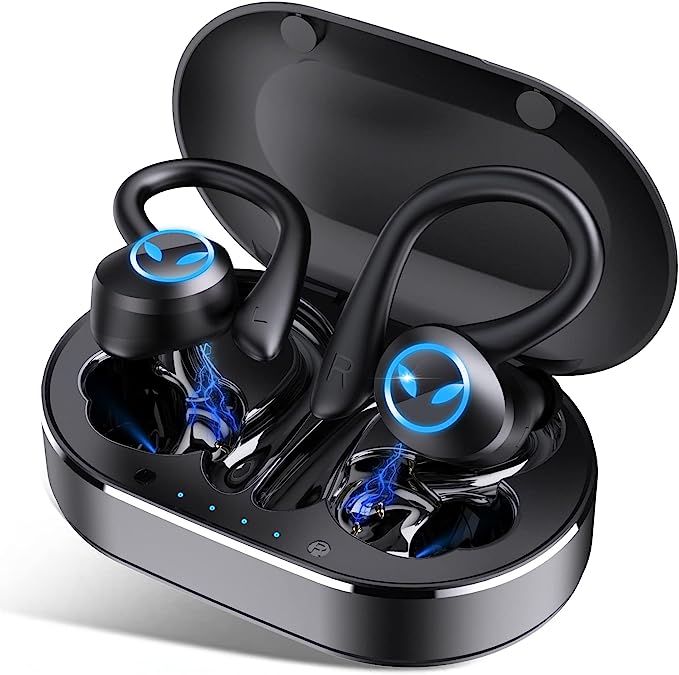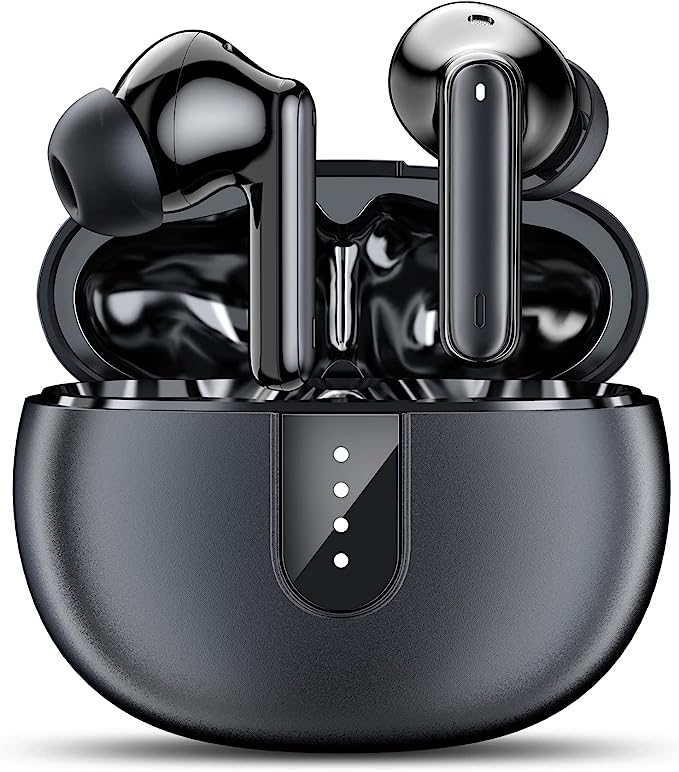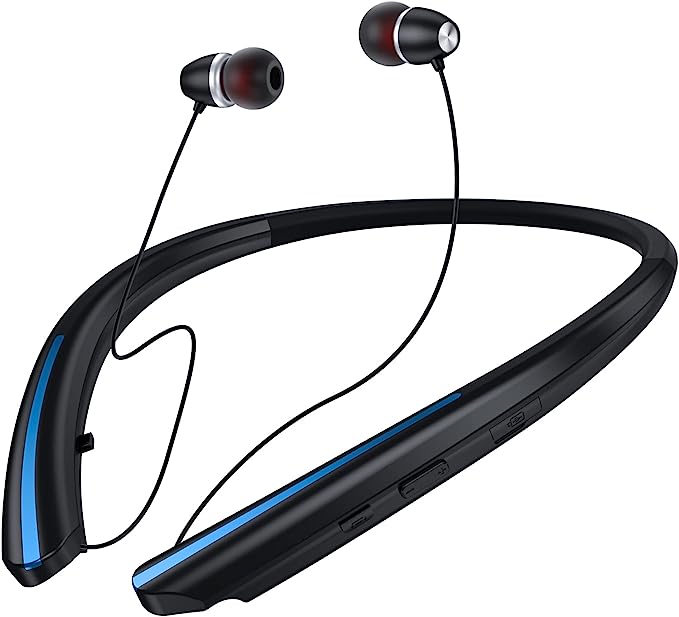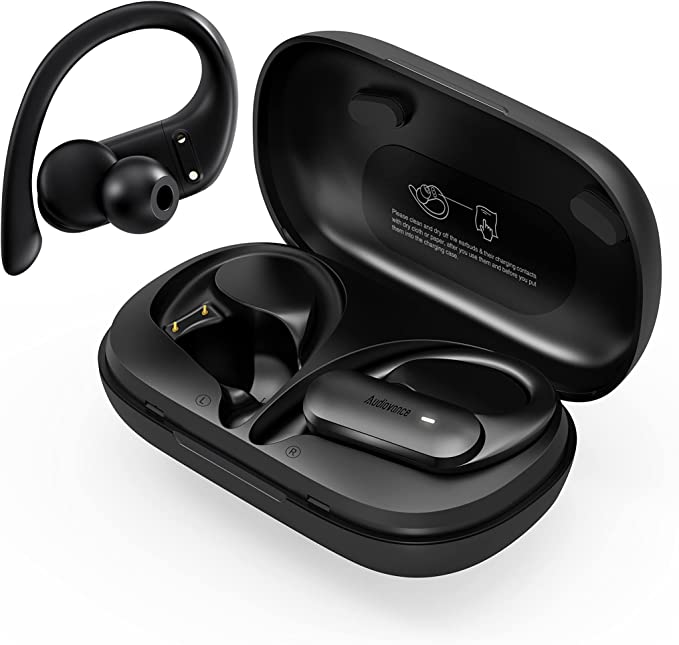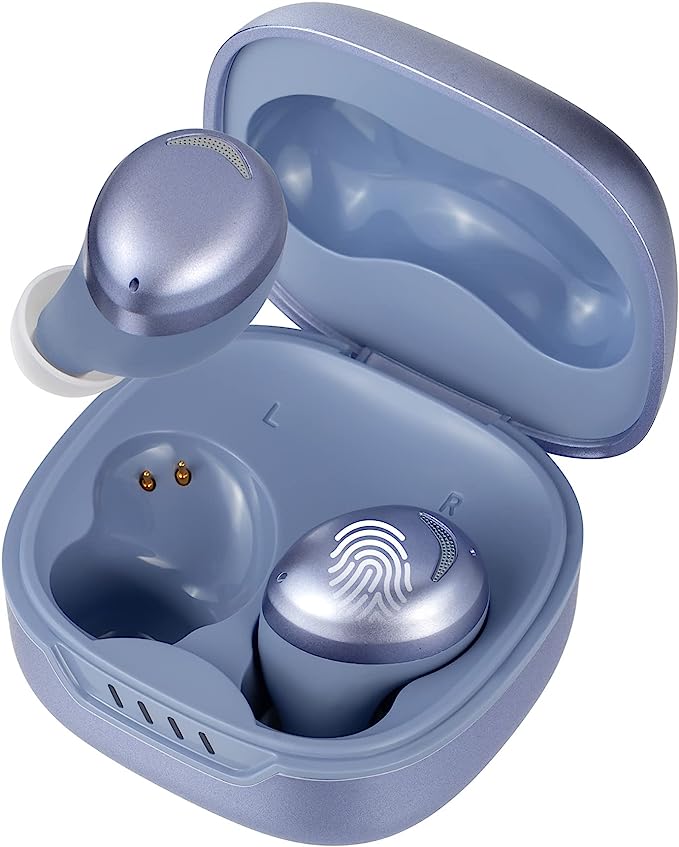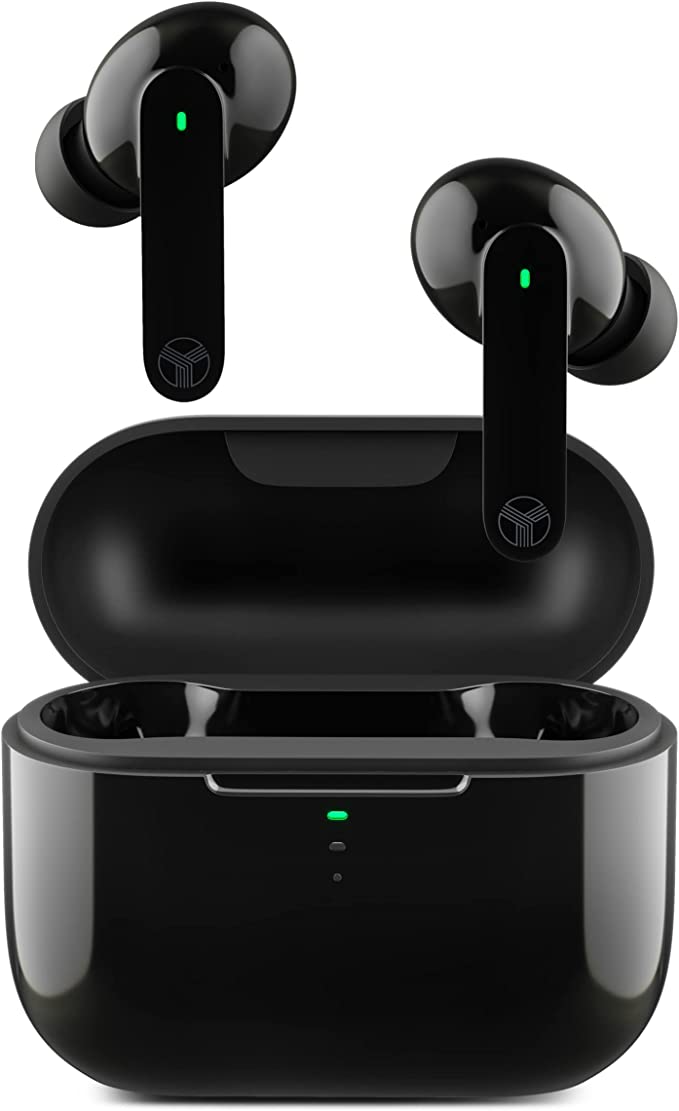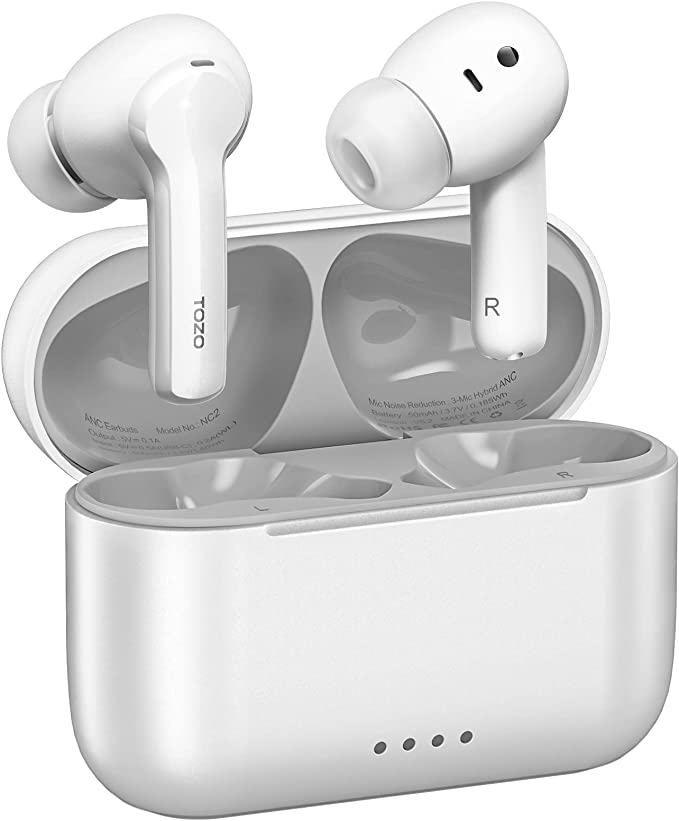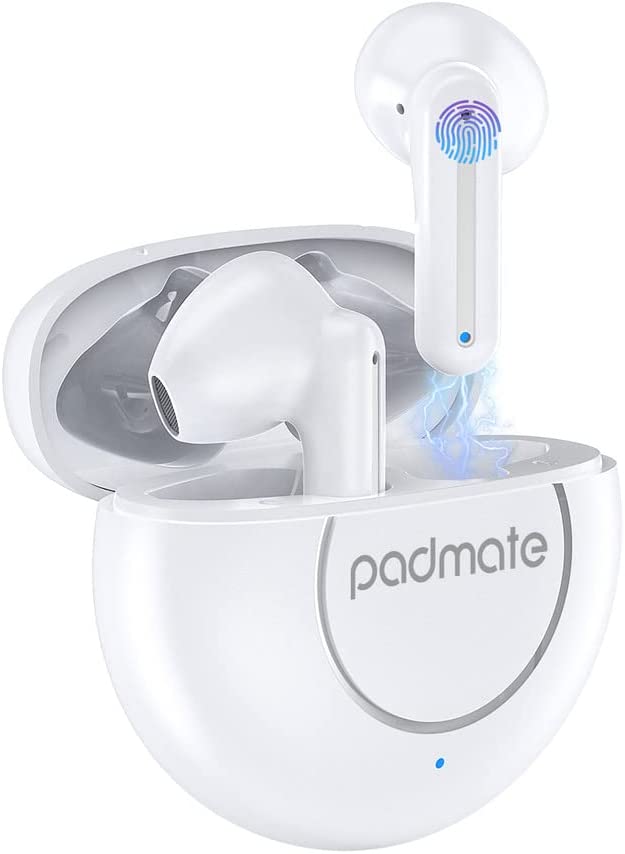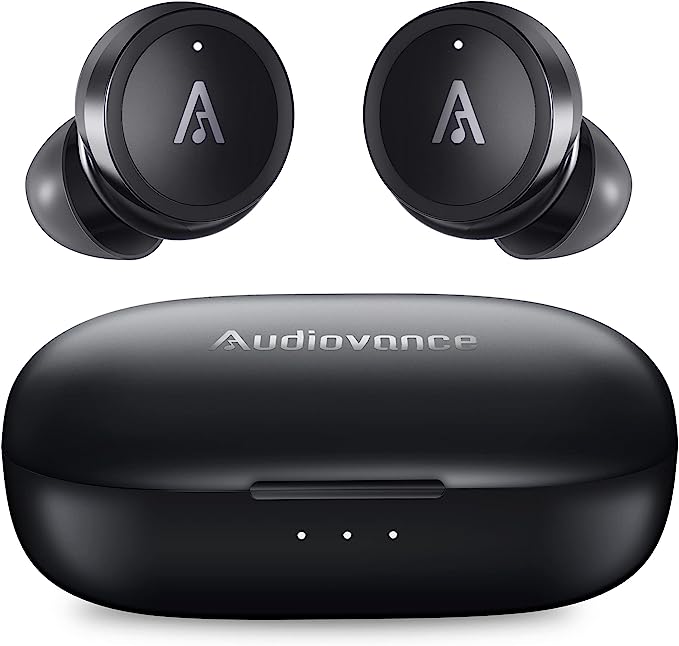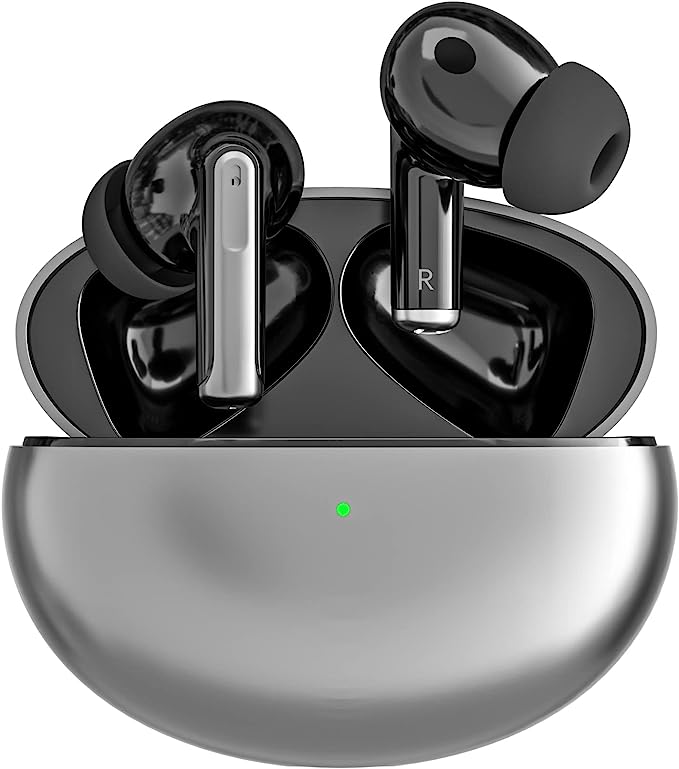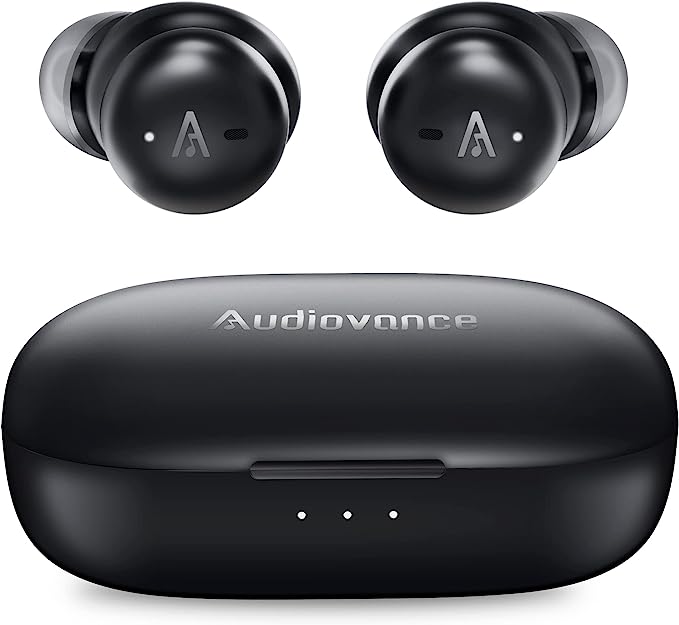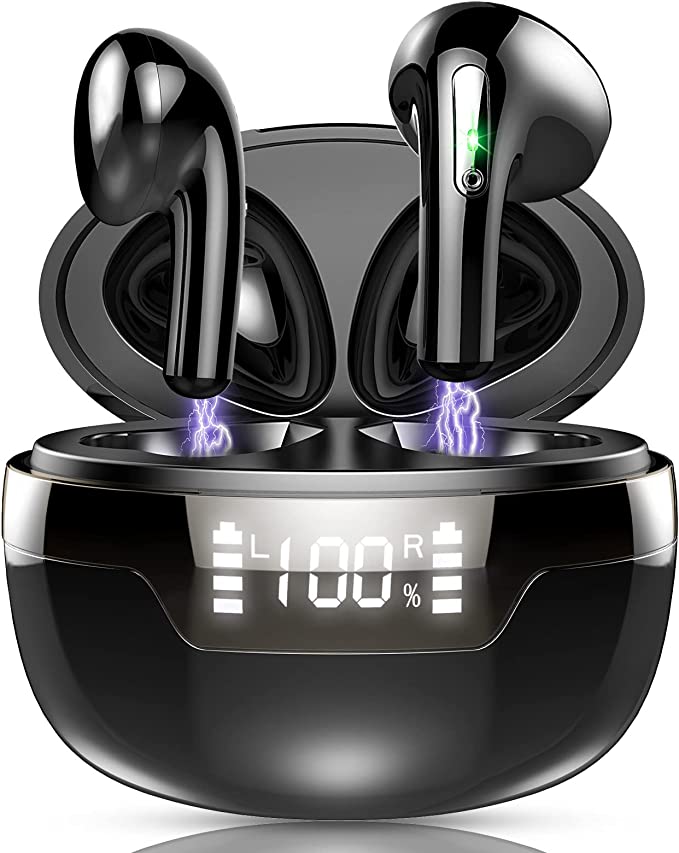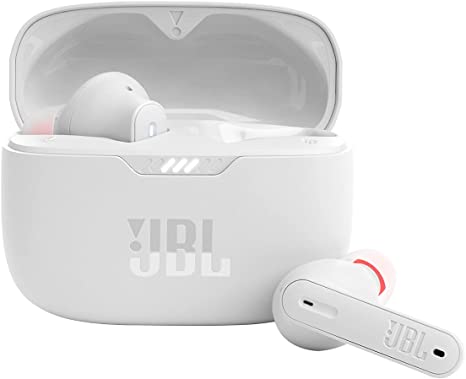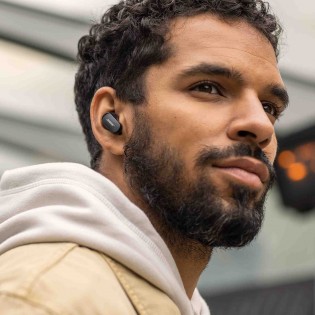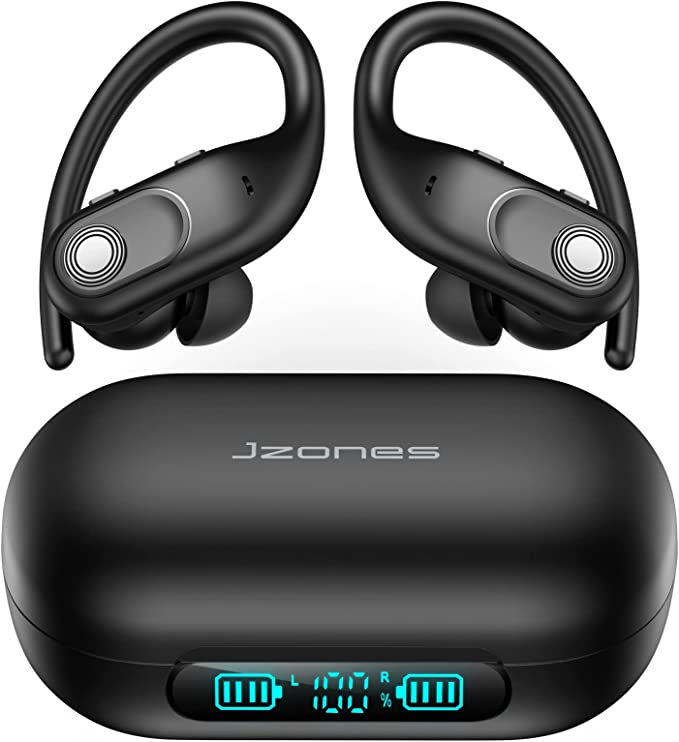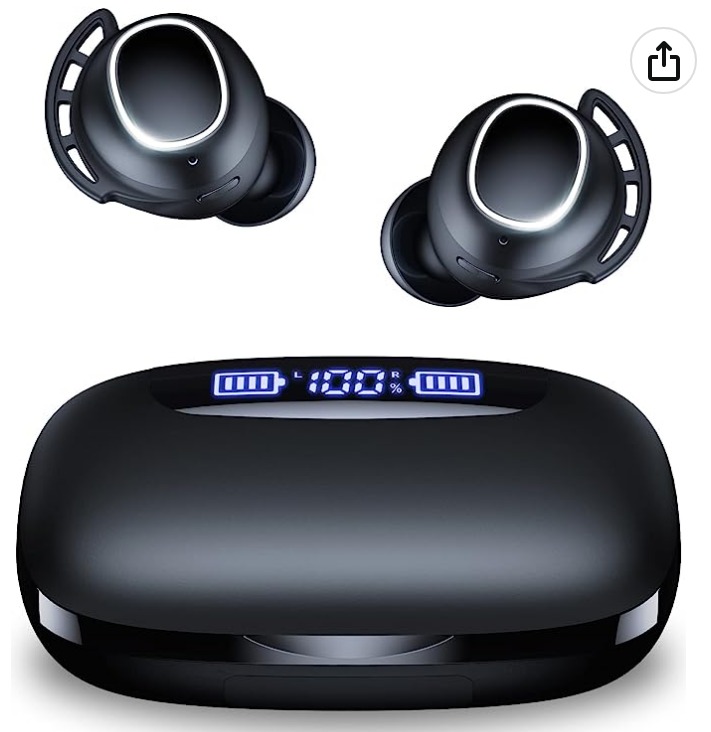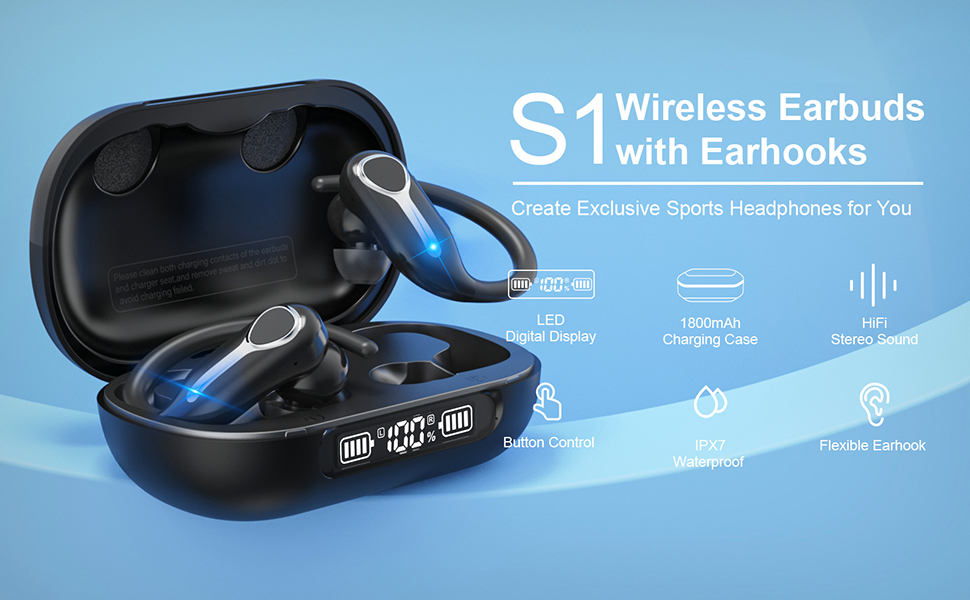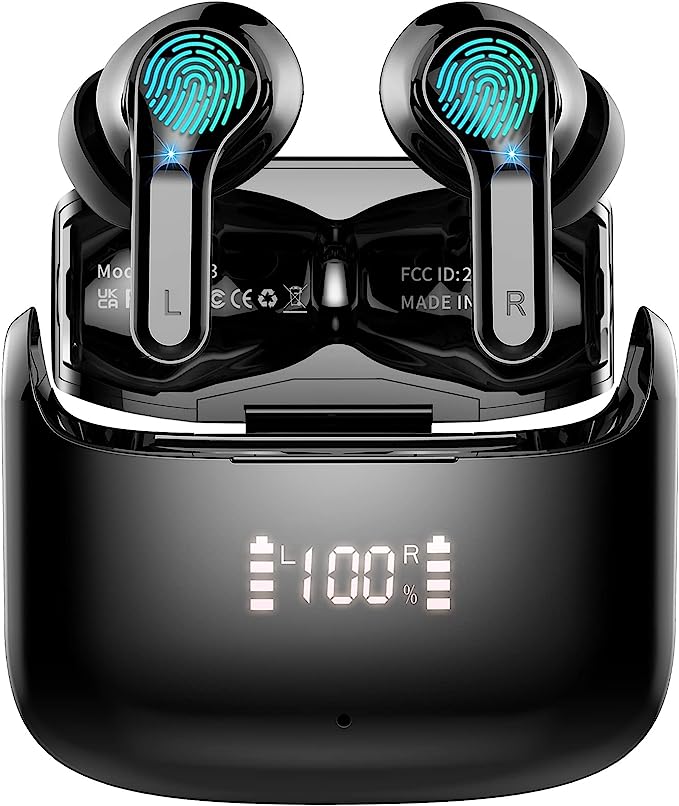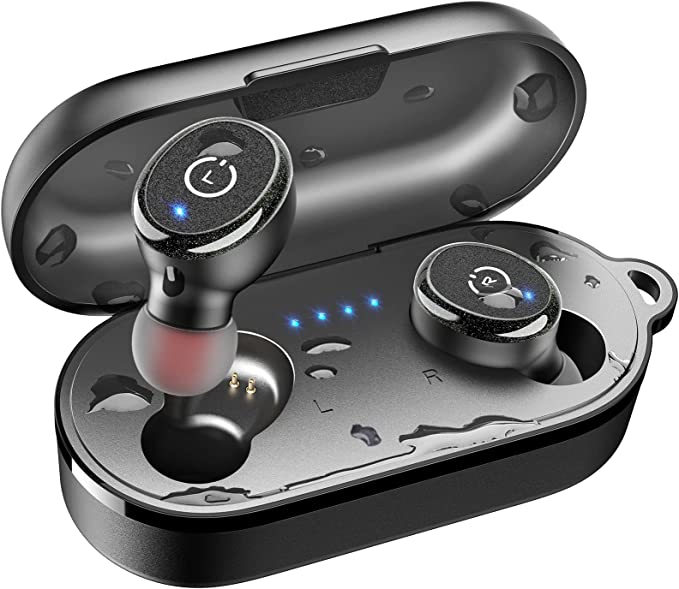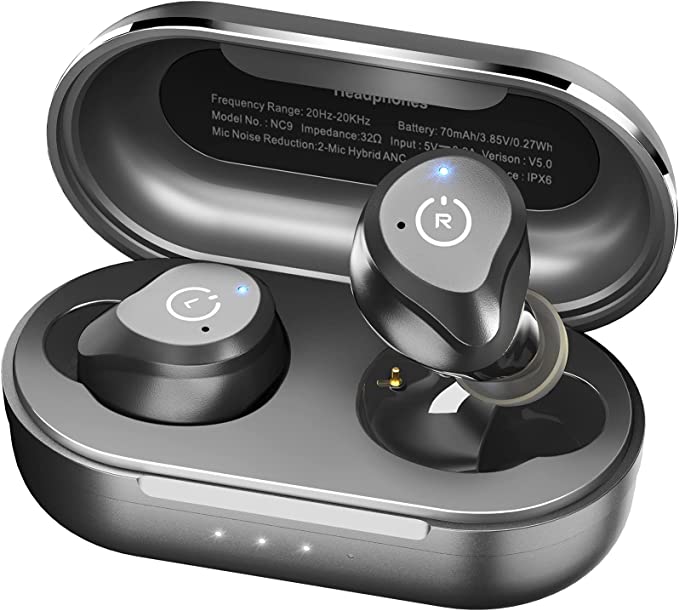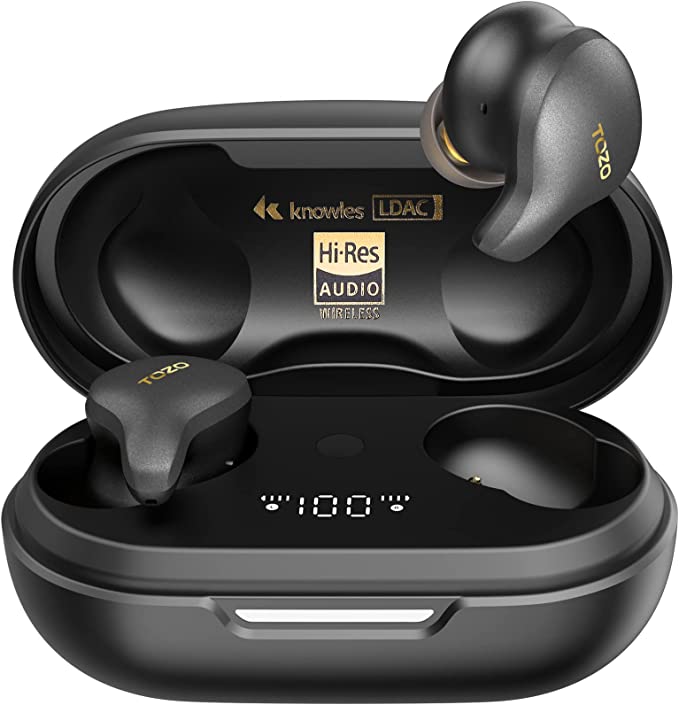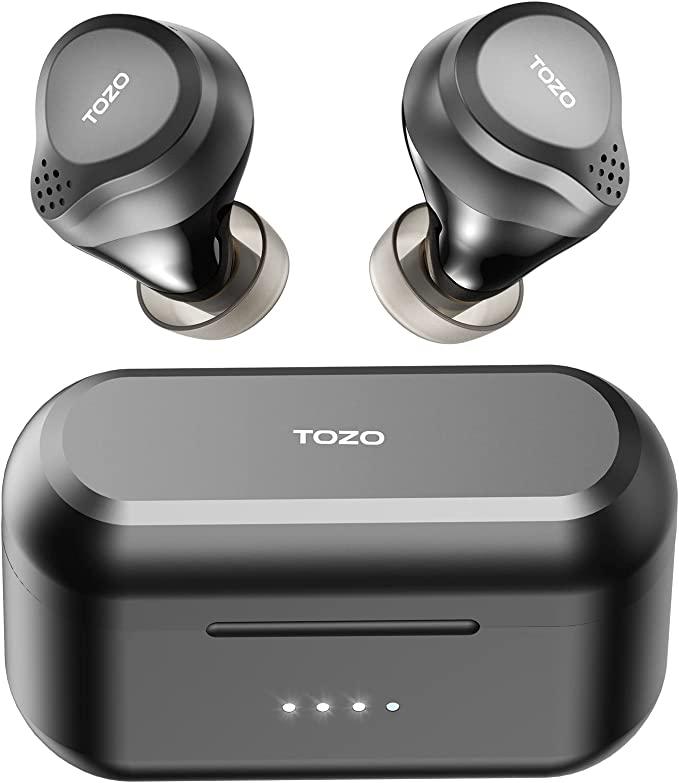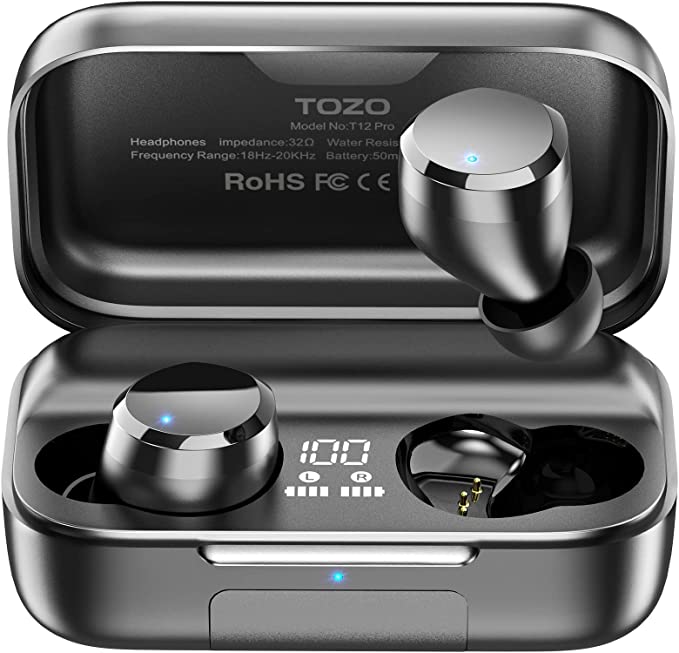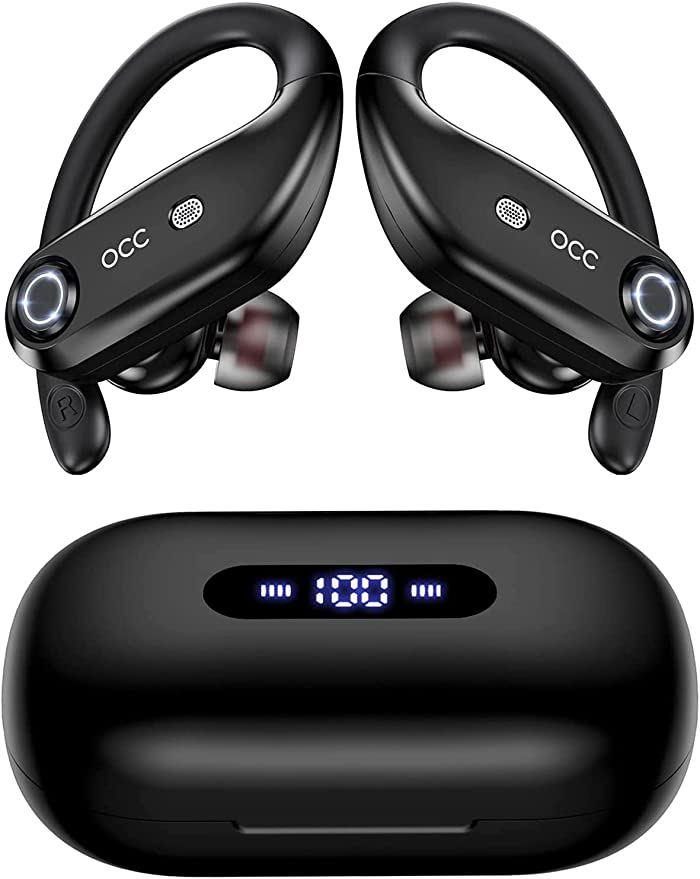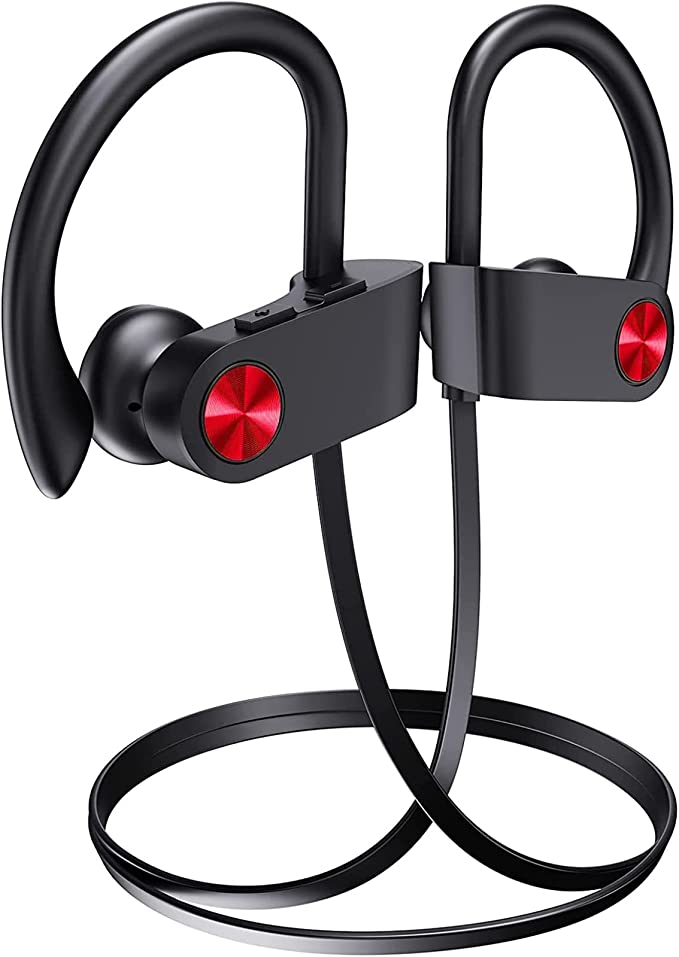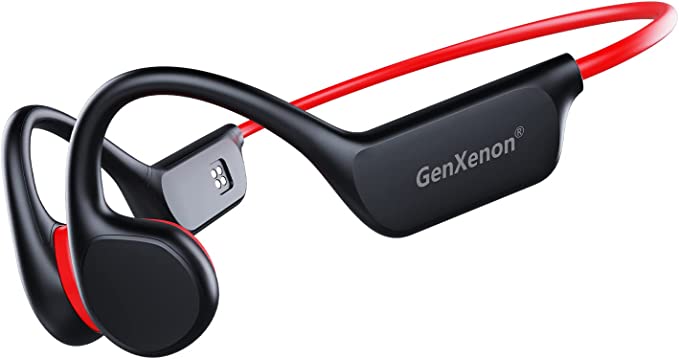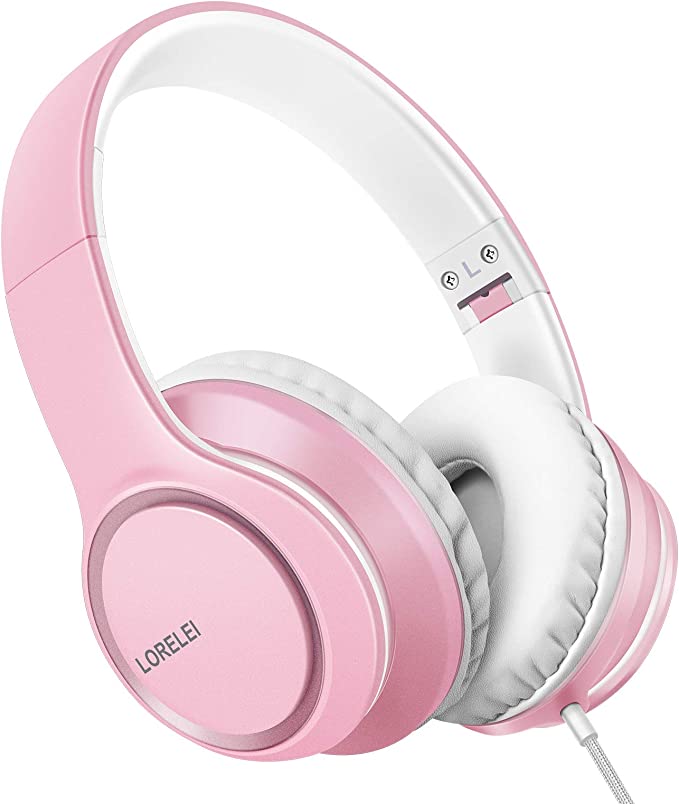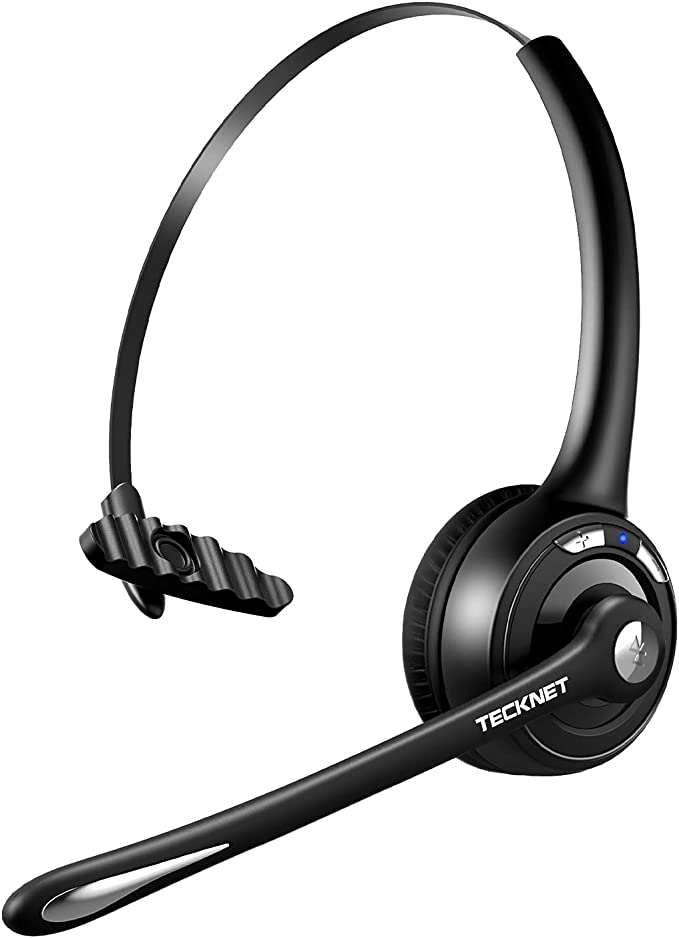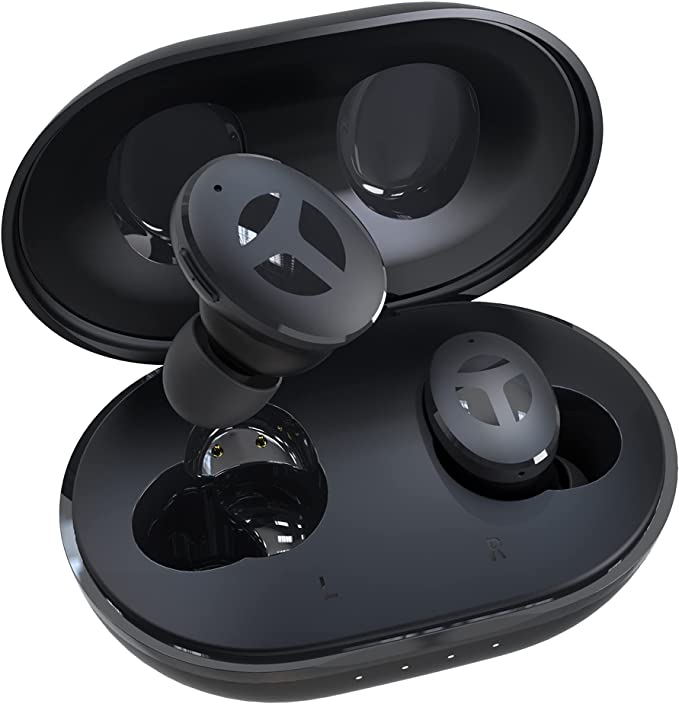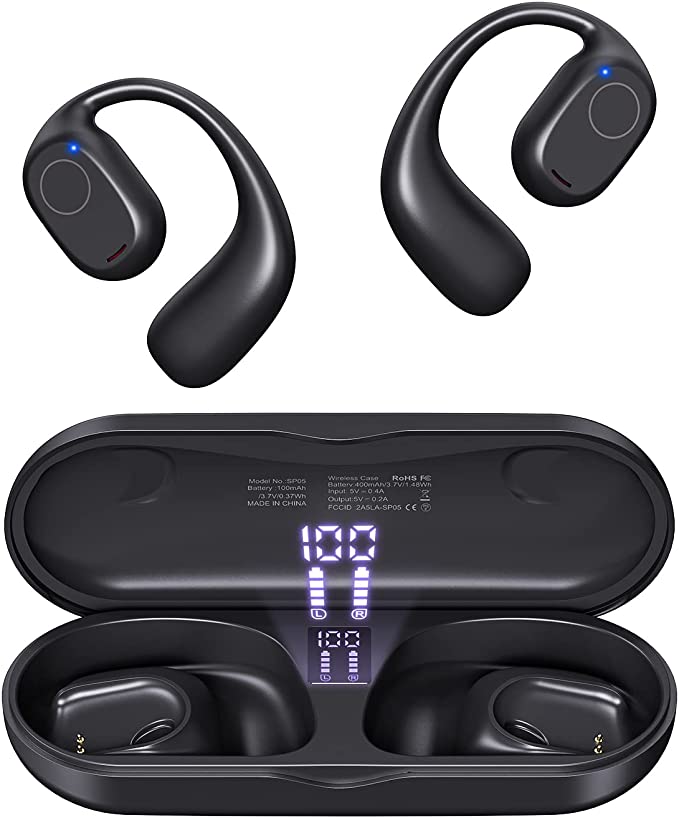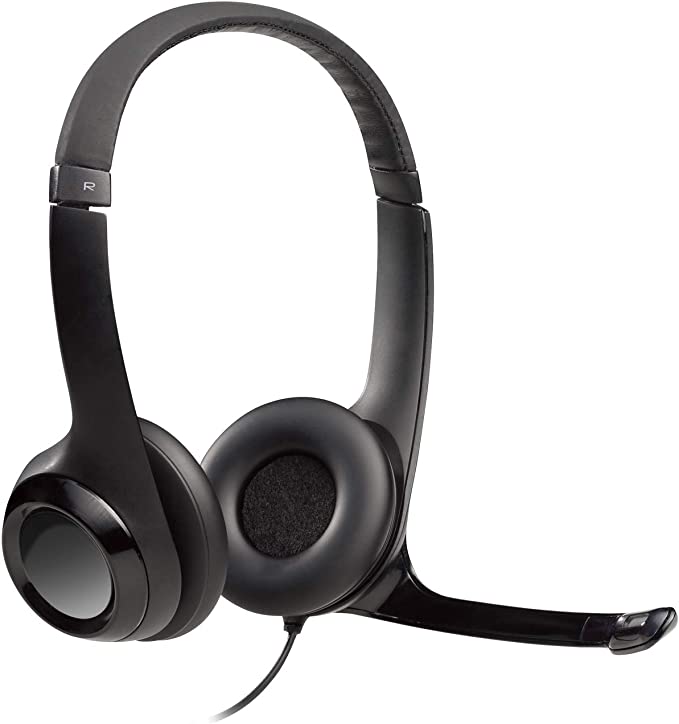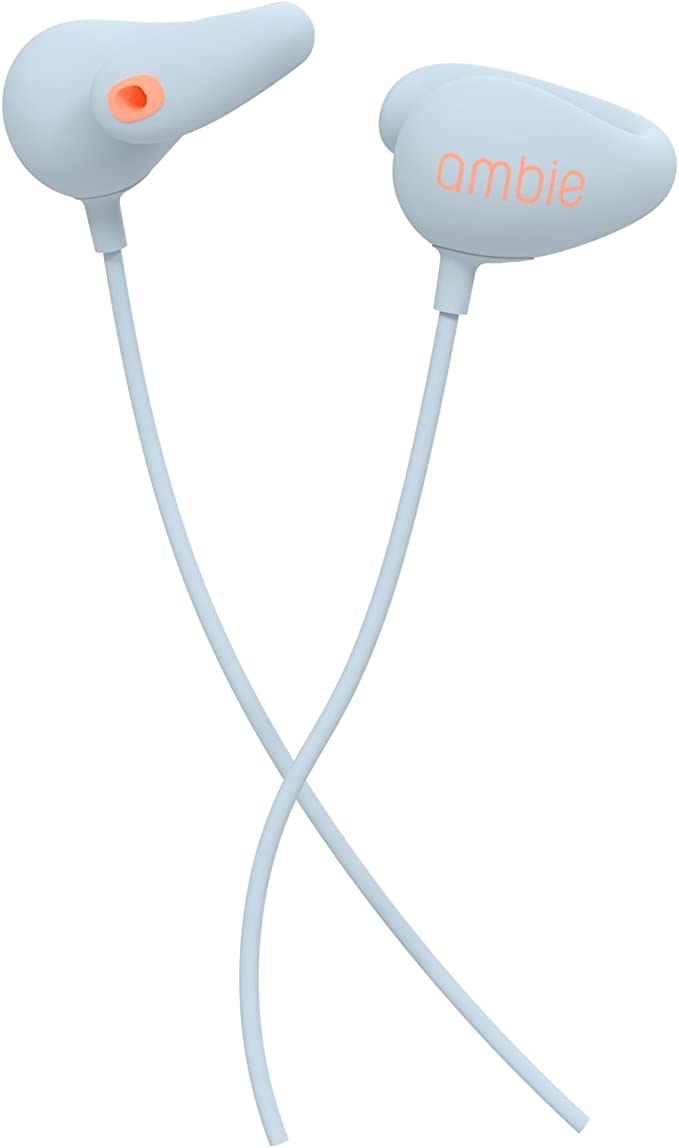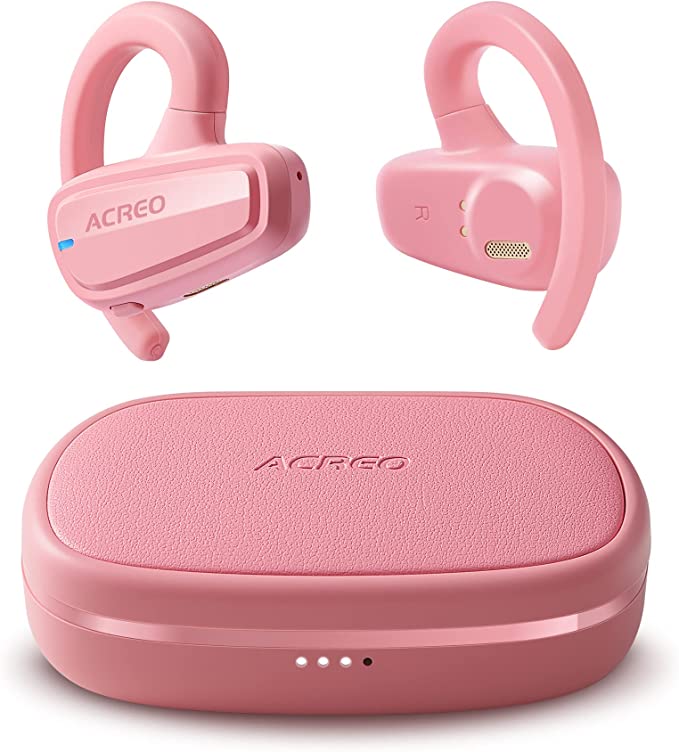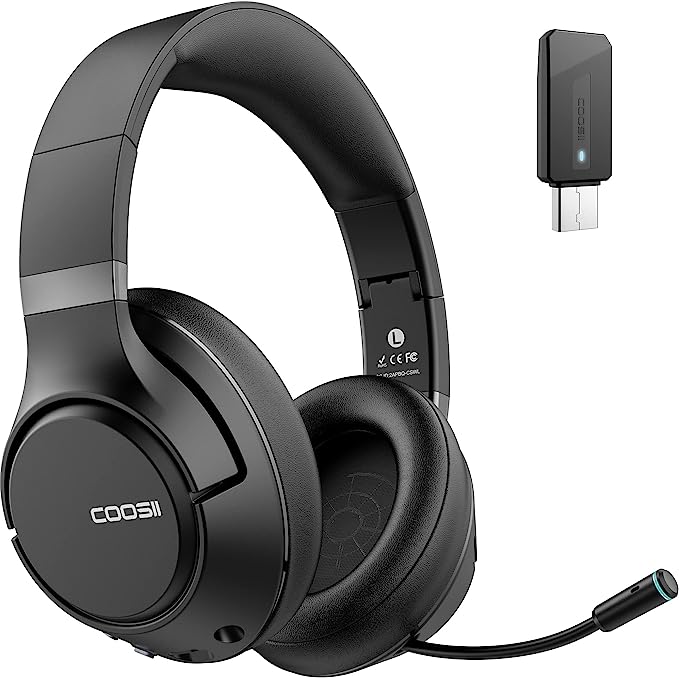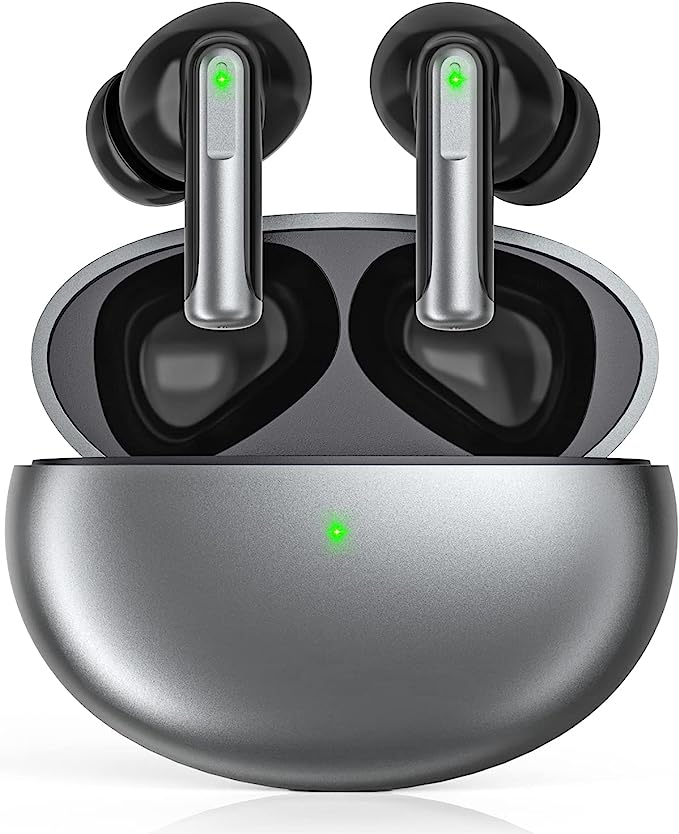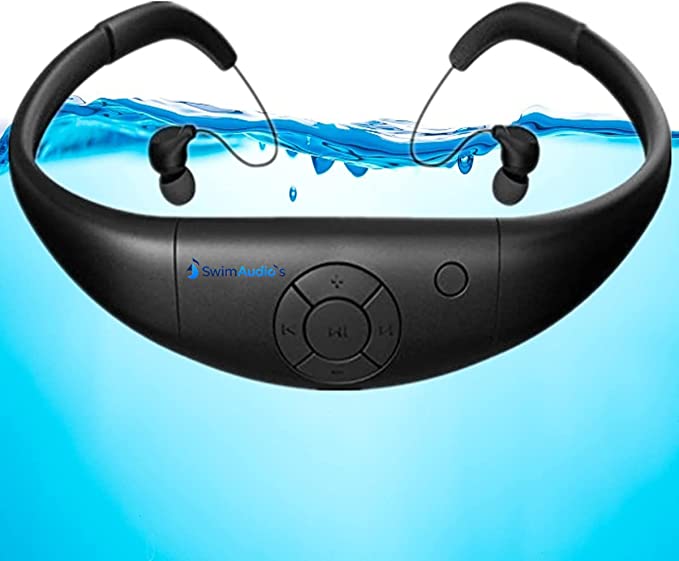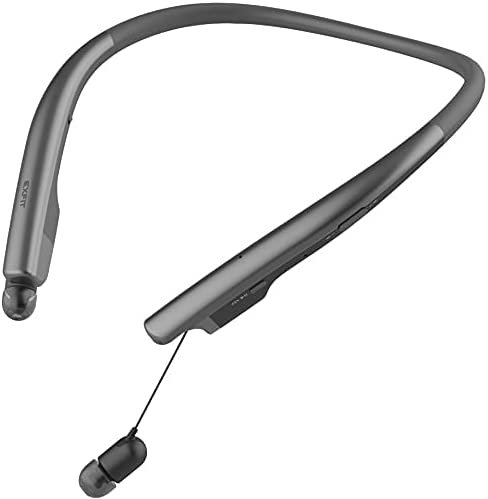Audiovance Euphony 301 Wireless Earbuds: Immersive Sound and Crystal-Clear Calls
Update on Feb. 22, 2025, 8:27 a.m.
We live in a world saturated with sound. From the gentle hum of a refrigerator to the roar of city traffic, our ears are constantly bombarded with auditory information. But amidst this cacophony, we crave moments of clarity: the ability to focus on a phone call without distraction, to lose ourselves in the intricate details of a favorite song, or to simply enjoy the peace and quiet of our own thoughts. This is the challenge of modern personal audio, and it’s a challenge that the Audiovance Euphony 301 wireless earbuds tackle head-on. These earbuds, and others like them, represent a culmination of decades of advancements in audio and wireless technology, a journey from bulky, wired headphones to the tiny, sophisticated devices we use today. But how do they work? Let’s explore the science behind the sound.

The Building Blocks of Sound
Before we dive into the specifics of the Euphony 301, it’s essential to understand the fundamentals of sound itself. At its core, sound is simply vibration. When an object vibrates, it creates waves of pressure that travel through a medium, like air or water. These waves are like ripples spreading across a pond after you toss in a pebble.
These sound waves have two key characteristics: frequency and amplitude. Frequency refers to the number of vibrations per second, measured in Hertz (Hz). A higher frequency means the waves are closer together, and we perceive this as a higher-pitched sound, like a whistle or a bird’s chirp. A lower frequency means the waves are farther apart, and we hear this as a lower-pitched sound, like a bass drum or a rumble of thunder. The human ear, in its prime, can typically detect sounds ranging from about 20 Hz to 20,000 Hz (20 kHz).
Amplitude, on the other hand, refers to the intensity of the vibration – how much the air pressure changes. A larger amplitude means a louder sound. We measure loudness in decibels (dB). A whisper might be around 30 dB, while a rock concert could reach 120 dB or more.
Now, imagine your eardrum as a tiny, incredibly sensitive microphone. When these sound waves reach your ear, they cause your eardrum to vibrate in response. These vibrations are then transmitted through a series of tiny bones in your middle ear to the cochlea, a fluid-filled structure in your inner ear. Inside the cochlea, thousands of tiny hair cells convert these vibrations into electrical signals that are sent to your brain, where they are interpreted as sound. It’s a remarkable process, a testament to the intricate engineering of the human body.

Inside the Earbud: How Dynamic Drivers Work
The Audiovance Euphony 301, like many other headphones and earbuds, uses dynamic drivers to reproduce sound. Think of a dynamic driver as a tiny loudspeaker. It consists of three main components:
- A Magnet: A powerful, permanent magnet creates a static magnetic field.
- A Voice Coil: A coil of wire, usually made of copper, is positioned within this magnetic field.
- A Diaphragm: A thin, lightweight membrane (often made of plastic, paper, or even bio-cellulose) is attached to the voice coil.
Here’s how it works: When an electrical audio signal (from your phone, for example) is sent to the voice coil, it creates a fluctuating magnetic field around the coil. This fluctuating field interacts with the static magnetic field of the permanent magnet, causing the voice coil to move back and forth. Because the diaphragm is attached to the voice coil, it moves along with it, pushing and pulling the air in front of it. These movements create pressure waves – sound waves – that replicate the original audio signal.
The 10mm size of the Euphony 301’s dynamic drivers refers to the diameter of the diaphragm. Generally, larger drivers can move more air, which can result in a more powerful and impactful bass response. However, driver size isn’t the only factor determining sound quality; the quality of the materials, the precision of the manufacturing, and the overall acoustic design of the earbud all play crucial roles.

Silence the Noise: Understanding Environmental Noise Cancellation (ENC)
The world is a noisy place. Traffic, construction, conversations, the hum of appliances – all these sounds can interfere with our ability to hear clearly, whether we’re on a phone call or listening to music. While the Euphony 301 provides some passive noise isolation simply by fitting snugly in your ear, it also employs a technology called Environmental Noise Cancellation (ENC) to further reduce unwanted sounds, particularly during calls.
It’s important to distinguish ENC from Active Noise Cancellation (ANC). ANC is typically used for listening to music and aims to block out a wider range of ambient sounds. ENC, on the other hand, is specifically designed to improve voice clarity during calls.
The Euphony 301 uses four microphones – two in each earbud – to achieve this. These microphones work together as an array. The principle behind this is called beamforming. Imagine shining a flashlight in a dark room. The light is concentrated in a specific direction. Beamforming is similar, but with sound. The microphone array can “focus” its listening on the direction of your voice while suppressing sounds coming from other directions.
The signals from the four microphones are then processed by sophisticated algorithms. These algorithms use techniques like adaptive filtering to identify and separate your voice from the background noise. The noise is then significantly reduced, allowing the person on the other end of the call to hear you clearly, even if you’re in a noisy environment. It’s like having a tiny, intelligent sound engineer constantly cleaning up the audio signal in real-time.

Bluetooth 5.2: The Unsung Hero of Wireless Audio
Bluetooth is the wireless technology that allows the Euphony 301 earbuds to connect to your smartphone, tablet, or computer. It’s a technology that has evolved significantly over the years, and the Euphony 301 utilizes the latest version, Bluetooth 5.2.
Think of Bluetooth as a two-way radio, but instead of transmitting voice over long distances, it transmits digital data over short distances. Each new version of Bluetooth has brought improvements, and Bluetooth 5.2 is no exception. Here are some of its key advantages:
- Lower Power Consumption: Bluetooth 5.2 is more energy-efficient than previous versions, meaning your earbuds will last longer on a single charge. This is achieved through improvements in the way devices connect and communicate.
- Higher Bandwidth: While not directly translating to higher audio quality in the same way that a higher bitrate file would, the increased bandwidth of Bluetooth 5.2 allows for more robust and reliable transmission of the audio data, which can help maintain the quality of the audio stream, especially in environments with a lot of wireless interference. Think of it as a wider pipe – it doesn’t necessarily make the water flowing through it better, but it allows more water to flow smoothly without getting clogged.
- Lower Latency: Latency refers to the delay between when an audio signal is sent and when you hear it. Bluetooth 5.2 reduces latency, which is particularly important for video calls and gaming, where even a small delay can be noticeable and disruptive.
- Improved Connection Stability: Bluetooth 5.2 includes features that make the connection between your earbuds and your device more robust, reducing the likelihood of dropouts or interference, even in crowded wireless environments. This is thanks to more sophisticated connection management and error correction techniques.
The combination of these improvements makes Bluetooth 5.2 a significant upgrade, contributing to a more seamless and enjoyable wireless audio experience. The custom-designed antenna in the Euphony 301 further optimizes this connection.

Beyond the Basics: Comfort, Durability, and Practicality
Of course, great sound and a stable connection are only part of the equation. Earbuds also need to be comfortable, durable, and practical for everyday use. The Euphony 301 addresses these needs in several ways:
- IPX5 Water Resistance: The “IPX” rating system is a standard that defines how well a device is protected against intrusion from solid objects (like dust) and liquids (like water). The “X” in IPX5 means that the device hasn’t been specifically tested for dust resistance. The “5” indicates that it can withstand water jets from any direction. This means you can wear the Euphony 301 earbuds during workouts without worrying about sweat damage, or even get caught in a light rain shower. This is a significant improvement from earlier generations of electronics, that were much more susceptible to water damage.
- Ergonomic Design: The shape of the earbuds is designed to fit the natural contours of the human ear. This, combined with the three different sizes of silicone ear tips included, ensures a secure and comfortable fit for most users. A good fit is crucial not only for comfort but also for maximizing passive noise isolation and sound quality.
- Battery Life: The Euphony 301 earbuds offer up to 5.5 hours of listening time on a single charge. The charging case, which provides an additional 25 hours of battery life, allows for extended use without needing to plug in. The fast-charging capability – 10 minutes of charging provides 60 minutes of playtime – is a convenient feature for those times when you’re short on time.
These features make the Euphony 301 a practical choice for a variety of activities, from commuting and working to exercising and relaxing.

The Future of Sound
The Audiovance Euphony 301 earbuds represent a snapshot of current audio technology, but the field is constantly evolving. We can expect to see even more advancements in the years to come, including:
- Higher-Resolution Wireless Audio: New codecs and wider bandwidth will enable the transmission of even higher-quality audio wirelessly.
- More Sophisticated Noise Cancellation: ANC technology will likely become even more effective and adaptive, capable of handling a wider range of noise environments.
- Personalized Audio: Earbuds may be able to automatically adjust their sound signature to match your individual hearing profile.
- Integration with Other Devices and Services: We can expect closer integration with smart assistants, health tracking, and other applications.
- Biometric Sensing: Future earbuds might incorporate sensors to monitor vital signs like heart rate and body temperature.

The journey of personal audio is far from over, and the Euphony 301, with its blend of solid engineering and accessible technology, provides a compelling glimpse into the exciting possibilities that lie ahead.
